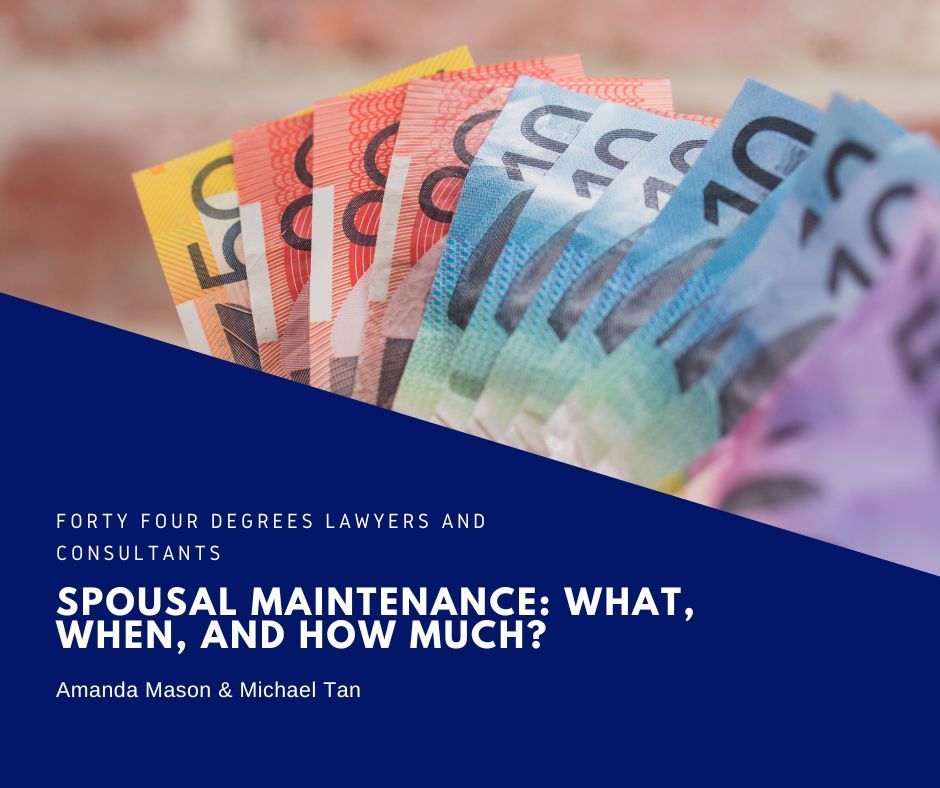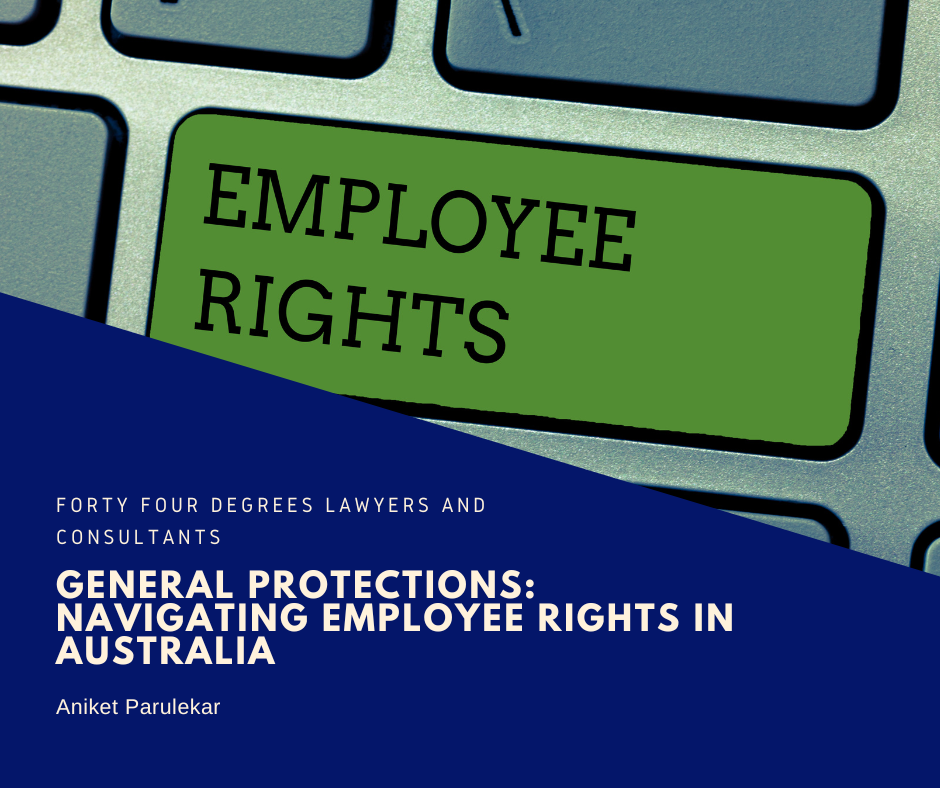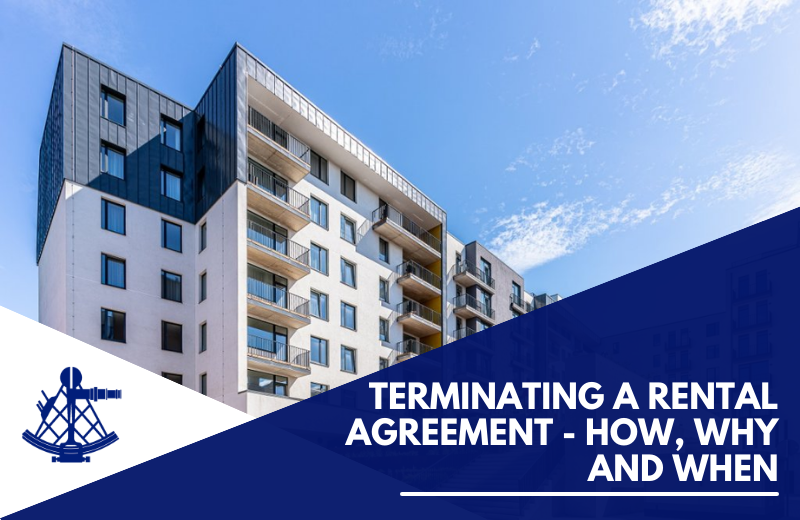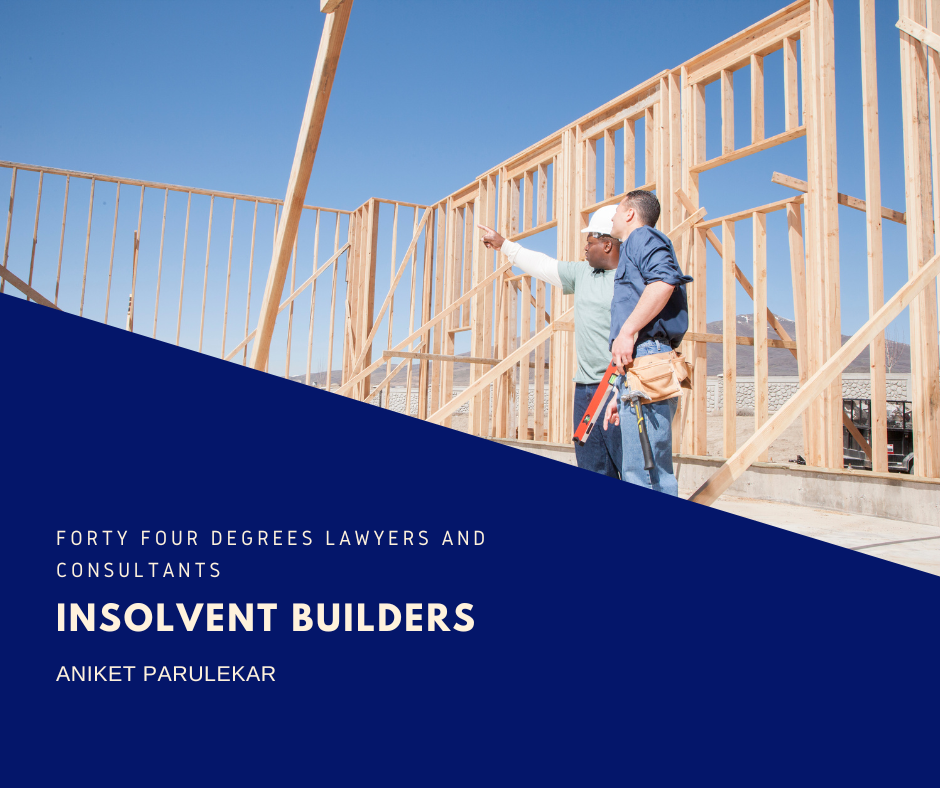Fencing Disputes: Who, What, and How Much
Disputes about fencing are common - what type of fence, who should pay, and how to make your neighbour contribute are common issues our clients face.
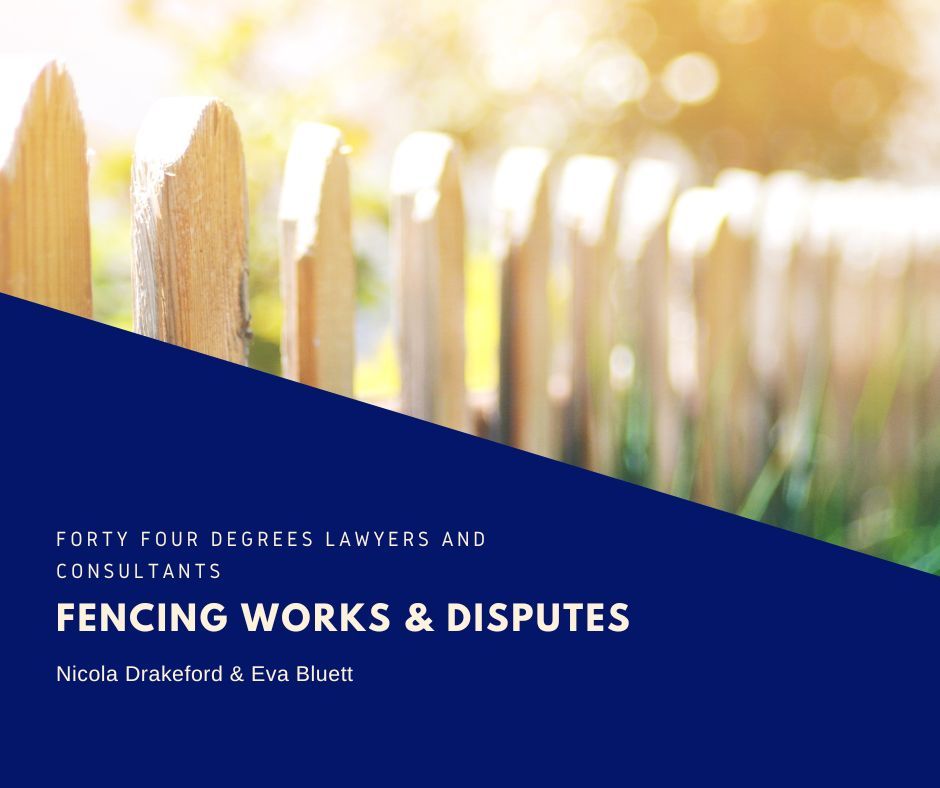
Fences which serve to separate adjoining land, even if not located on the common boundary of adjoining property, are regarded as joint property between neighbours. Both neighbors therefore have equal rights and obligations. As such, Victorian law prohibits property owners from carrying out fencing work unless pursuant to an agreement or the Fencing Act 1968 (Vic).
Key Terms
The procedures outlined in the Act apply to all fencing work conducted on dividing fences.
A fence is defined to include a structure, ditch, embankment or hedge that encloses an area of land, including:
- Gates or equipment necessary for the operation of a fence; and
- Foundations for the support and maintenance of a fence.
A fence does not include a retaining wall or wall forming part of building.
Fencing work encompasses the following:
- In respect to a fence – construction, replacement, repair, demolition, removal or maintenance.
- In respect to a hedge – planting, replanting, repair or maintenance.
- In respect to a ditch or embankment – the cleaning, deepening, enlargement, repair or alteration of a ditch or.
Conducting Fencing Work
Notice
Before commencing fencing work, consent of the owner of adjoining owner may be obtained through providing a Fencing Notice. While failure to provide the following does not invalidate a notice, the Act provides that the following should be included:
- The date of notice;
- The property owner’s name and contact details;
- A statement that the notice is made pursuant to section 13 of the Fencing Act 1968;
- The proposed boundary line or line on which the work is to be carried out;
- Whether fencing is not required for part of the boundary line due to waterways;
- The nature of the work to be carried out;
- Contact details of persons proposed to carry out such work;
- An estimate of any contributions sought from the adjoining owner; and
- A statement that assistance may be sought from the Dispute Settlement Centre of Victoria if a dispute arises in relation to the proposed work.
A fencing notice template can be accessed here.
If a fencing notice is provided and an agreement reached, work may be commenced according to the terms of that agreement.
Locating an Adjoining Owner
A property owner wishing to provide a fencing notice must make reasonable inquiries to locate the owner of the adjoining property. If this fails, under section 14(b), the owner’s name and address may be obtained from the local council if they are satisfied that the information will be used for the purpose of providing a fencing notice.
If an adjoining owner cannot be located and provided with the relevant notice, section 19(b) of the Act permits the owner to commence work without an agreement.
Failure to Reach an Agreement
If a fencing notice is provided but no agreement is reached after 30 days, in relation to any matter within the notice, either party may seek an order from the Magistrates’ Court under s30C.
Failure to Respond
If a fencing notice is provided and no response is received after 30 days, the owner may commence work without an agreement under section 19(b).
Costs
The costs of fencing work and subsidiary work are to be shared equally between neighbors. If one party wishes to repair the fence beyond what would be considered a ‘sufficient fence’, the party requesting such work is liable to pay the sum in excess of costs of repairing it to a sufficient standard. Of course, the parties may agree otherwise.
What constitutes a ‘sufficient dividing fence’ will vary case to case, however, will be informed by considerations such as:
- The existing fence;
- The intended use of the property;
- Privacy concerns of either property owners;
- The type of fencing used in the local area; and
- Relevant Council rules and regulation.
Where repairs are carried out pursuant to deliberate or negligent damage or destruction caused by an owner or a person entering the property with the consent of the owner, that owner will be liable for all costs.
Where work is carried out pursuant to section 19(b), the owner may seek an order under section 30C to recover costs from the adjoining owner.
Constructing a new fence
As with repair work, an agreement must be reached between property owners before a new fence can be constructed. The owners will be equally liable for the costs of constructing a sufficient fence.
Urgent Fencing Work
Section 23 of the Act provides a separate procedure for commencing urgent fencing work. No notice or agreement is required if:
- The work is urgent; and
- The fence has been damaged or destroyed; and
- It is impractical to provide notice to the adjoining property owner.
Following the completion of works, a costs contribution from the adjoining owner may be requested by issuing an urgent fencing notice. Sections 24 to 26 set out the requirements for such notice and procedures where the adjoining owner does not agree or respond. Ultimately, this may also be resolved through court orders under section 30C.
Other relevant matters to keep in mind when considering fencing disputes
- Particular rules apply in relation to the liability of long-term tenants.
- Owners wishing to construct or repair a fence must ensure such work complied with the relevant local council rules and regulations.
For more information in relation to fencing disputes please contact Nicola Drakeford, Partner via [email protected] or Eva Bluett on [email protected]
Contact Us
We’re an Australian Law Firm promoting a nuanced, personal touch. We have the skills you need to resolve your case quickly and with a positive outcome. Our straight talking team stays close to simplify what is most often a complicated process. We help individuals and businesses with technology and startup law, property law including conveyancing and leasing, commercial law, civil litigation, wills, estates, bankruptcy, insolvency, criminal law, and professionals facing investigations and charges from their regulatory body.
We have a connected network of talented lawyers in Melbourne CBD, Dandenong, Ballarat, and Ivanhoe East.
Fill out the form or call us on 1300 892 237.
We will get back to you as soon as possible
Oops, there was an error sending your message.
Please try again later or call us on 1300 892 237.




